The Great Replacement and the Great Lakes States (1/2)
The Heartland and its declining influence
The five great lakes (Superior, Michigan, Huron, Erie, and Ontario) have long formed a core part of the American heartland. The large bodies of water enabled large volumes of freight movement, connected to major rivers through states like Ohio and Illinois, and enabled the rapid industrialization of the region.
Today Michigan, Illinois, Indiana, Minnesota, Ohio, and Wisconsin form the core of a shrinking region of the United States. The world’s strongest middle class once thrived in this region and large, wealthy, White cities were shining examples to the world. American industrial prowess and Midwestern cultural might once influenced the politics of the entire nation.
Today the Great Lakes States are in serious decline. Demographically, culturally, and economically. The White population of the area faces increasing poverty at the same time they are being deliberately demographically replaced by their state governments.
White Papers will go through each of these states and shine just a small light on the ways in which their respective governments are intentionally displacing White populations and dispossessing entire peoples.
Michigan:
In the 1960s, at the height of American economic might, Michigan possessed the 6th largest economy in the United States. Ahead of states like Florida and Texas, and larger than most Western European nations at the time. Michiganders enjoyed a per capita income some 20 points (and thousands of dollars) higher than the national average. Today, after decades of de-industrialization, financialization, free-trade practices, and cheap labor (to name but a few issues), Michigan is only the 14th largest economy in the nation. A ranking that continues to decline with each passing decade.
The industrial Midwest and modern-day Rust Belt: Michigan, Ohio, Pennsylvania, Indiana, and parts of other states once formed one of the greatest concentrations of familial wealth and income in the world. Prosperity was abundant for the average resident of these very White states.
Today Michigan ranks 17th in the nation for poverty, and 34th for personal income. Detroit, once the "Paris of the West," now more closely resembles a bombed-out husk. Detroit is a city that was once the richest in the nation, and according to some economists the richest city in the world at its peak.
Over this period of industrial decline, a demographic decline has begun. In the 1940s Michigan was a 95.7% White state with a population of 5.2 million people. By 1970 the population had reached 8.8 million and the White share of the population had shrunk to 87.1%, largely due to the internal “Great Migration” of Black Americans from the South. This migration transformed Detroit, once known as the Paris of America, from a 90% White city in the 1940s to a 54% White city by 1970, and today (2020) Detroit is just 11% White.
Rather than the state’s demographics stabilizing the passage of the 1965 Immigration and Nationality Act, combined with the non-enforcement against illegal immigrants, began the continued demographic decline of the state and region.
Today Michigan’s population is roughly 10 million and largely stagnant in overall growth. The White share of the population is just 72% and the state government is looking to radically increase the share of immigrants in the state, furthering the demographic decline of White Michiganders.
The state of Michigan is providing rental assistance to "refugees and other immigrants" through a new program that will give these new residents up to 500 dollars per month. No such program exists for Michiganders, who are in dire need of help, and they must instead be directed toward a Federal HUD program for "very low-income" people.
Michigan has been in a slowly mounting housing crisis since April of 2023, and the problem is only growing worse as the state government seeks to build new housing around Michigan’s major southern cities (which house much of the non-White population) at the same time that the rural (and overwhelmingly White) Upper Peninsula and Northern Mitten face a severe housing shortage and cost increase.
The state has also launched the "Growing Michigan Together Council" which is designed to attract international migrants to the state, thereby compounding the housing crisis and increasing the number of people eligible for a program that Michiganders are unable to access.
Illinois:
Another Rustbelt state, and home to America’s third largest city (Chicago), the state of Illinois has seen radical and deliberate demographic transformations since the decline of its industrial economy. The state’s political and cultural life is dominated by the largely non-White Chicago and by a largely hard-left political elite who are eager to continue transforming one of the Midwest’s economic powerhouses into a vehicle for yet more radical change.
In the 1940s Illinois was a 94.7% White state with a population of roughly 7.9 million people. Like much of the North, the Great Migration reduced the White share of the population and by the 1970s Illinois boasted a population of 11.1 million people with a 83.5% White share. As of 2020, with a population of 12.8 million people, the state’s White population has shrunk to just 60.4% of the overall population and is rapidly shrinking toward minority status.
The state government and the city of Chicago have put in place numerous programs and policy incentives to attract immigrants, both legal and illegal, to the state. The Illinois Department of Human Services provides a plethora of services to immigrants, including help for illegal aliens to ‘regularize’ their immigration status and apply for American citizenship. The state government has spent more than $500 million on the recent wave of illegal aliens and is preparing to spend an additional $168 to build new housing for these migrants.
This comes at a time when there is a severe shortage of affordable rental properties and the housing construction industry is severely behind on the demand for newly constructed homes.
Illinois White residents are subject to the 7th highest tax burden in the United States, but they are not seeing the style of quality government and public service delivery that they deserve. Instead, the state budget is $13 billion larger than it was just 6 years ago. The $891 million dollar budget deficit for the state’s 2025 budget is largely a result of its immigrant healthcare program which costs the Illinois taxpayer $773 million dollars each year, and in previous years has exceeded a billion dollars.
The state government is also taking the opportunity to restrict Second Amendment rights at the same time it is allowing non-citizens to become (armed) police officers. The state is also seeking to abolish the cash bail system, potentially releasing tens of thousands of violent criminals onto the street before trial.
The rapidly shrinking White population of Illinois is paying for the health and welfare of their demographic replacements and losing political influence to these replacements at a rapid pace.
Indiana:
Indiana was once the heart of American literature and literary culture. From the 1880s to the 1920s the “Golden Age of Indiana Literature” produced a plethora of authors such as James Riley and Gene Stratton-Porter who dominated the local and national cultural scenes. This outsized cultural influence has declined as the state’s economy and demographic situation have forced it out of the national spotlight and into the corner of “forgotten states” along with West Virginia and much of the plains and Midwest.
In 1940 the state boasted a population of some 3.4 million people, 96.3% of whom were White. By 1970 the overall population had increased modestly to 5.1 million while the White share of that population had shrunk 5 points to 91.7% of the population. As of 2020, the White population has shrunk 13 more points to 78% of the overall population which totals some 6.7 million people.
Support our mission to interact with more policymakers and Reverse Demographic Decline:
Zelle: whitepapersinstitute@protonmail.com
Buy us a coffee: https://www.buymeacoffee.com/wppi
Linktree: https://linktr.ee/wppi
Snail Mail: White Papers Policy, PO Box 192, Hancock, MD 21750
Indiana’s state government demonstrates in eagerness to attract new immigrants, rather than naturally increase their state population. Indiana’s government is looking to sponsor immigrants so they can resettle in the state directly while civil society organizations connected to the state are reframing the region’s history as one of a “society of immigrants” rather than of pioneers and American visionaries. While the state holds strong on disincentivizing the settlement of illegal aliens it is worrying that the dangers of mass legal migration, which has transformed America just as much as illegal immigration, are not well understood.
Minnesota:
Long the Scandinavian heart of the North American continent, where Swedish and Norwegian can still be heard in some small towns, and Nordic food remains a staple. The State of Minnesota has undergone of the most radical and disturbing demographic transformations in the United States. One which has brought incredible crime, discord, social unrest, and political tension to a region that was once entirely White and extremely peaceful.
In the 1940s the 2.8 million residents of Minnesota, overwhelming the descendants of Nordic pioneers, were 99% White. By 1970 the 3.8 million strong population was still 97.7% White and one of the most politically dynamic in North America, often supporting third-party and outsider candidates in an attempt to blend local tradition with populist economics.
Since the 1970s and the series of radical policy changes made at both State and Federal levels, the population of Minnesota has increased to some 5.7 million, but the White share of that population has collapsed 20 points to just 76.3%.
The governor of Minnesota has come out very strongly in favor of continued mass immigration into the state, against the wishes of the population. Recent polling shows that 59% of Minnesotans opposed legislation that would make Minnesota a sanctuary state and 69% of Minnesotans feel the Federal government is not doing enough to tackle illegal immigration.
Despite these objections to continued demographic change the Minnesota state government is preparing to allow all immigrants, legal and illegal, to join the state’s healthcare program and receive taxpayer-funded healthcare.
The state has also become a hub of foreign lobbying. Recently the Prime Minister of Somalia visited the Twin Cities and implored the local, and large, Somali community to provide resources to their ethnic homeland to help it rebuild. This funding would not be resources of the Somali community, but of Minnesota taxpayers. 28% of all childcare and child assistance funding in the state goes to Somalis, despite the fact they are barely 1.5% of the state’s entire population.
Conclusion:
The Midwest once boasted 30% of the nation’s population and was viewed as one of the crucial political powerhouses of the nation. The industrial states determined elections and provided the nation with numerous presidents from Lincoln to Grant to Truman.
Today the Midwest has barely 20% of the nation’s population and its political influence has largely declined. While Iowa retains the “swing state” label in population culture, and Ohio is often projected as a Republica heavyweight, the reality of their small populations and declining economies has largely stripped them of real influence.
In part two we will explore the demographic changes taking place in Wisconsin, Ohio, and the periphery of the Midwest.
Support our mission to interact with more policymakers and Reverse Demographic Decline:
Zelle: whitepapersinstitute@protonmail.com
Buy us a coffee: https://www.buymeacoffee.com/wppi
Linktree: https://linktr.ee/wppi
Snail Mail: White Papers Policy, PO Box 192, Hancock, MD 21750

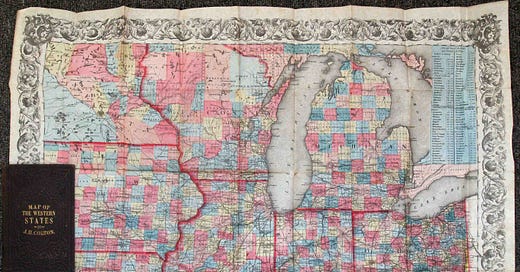



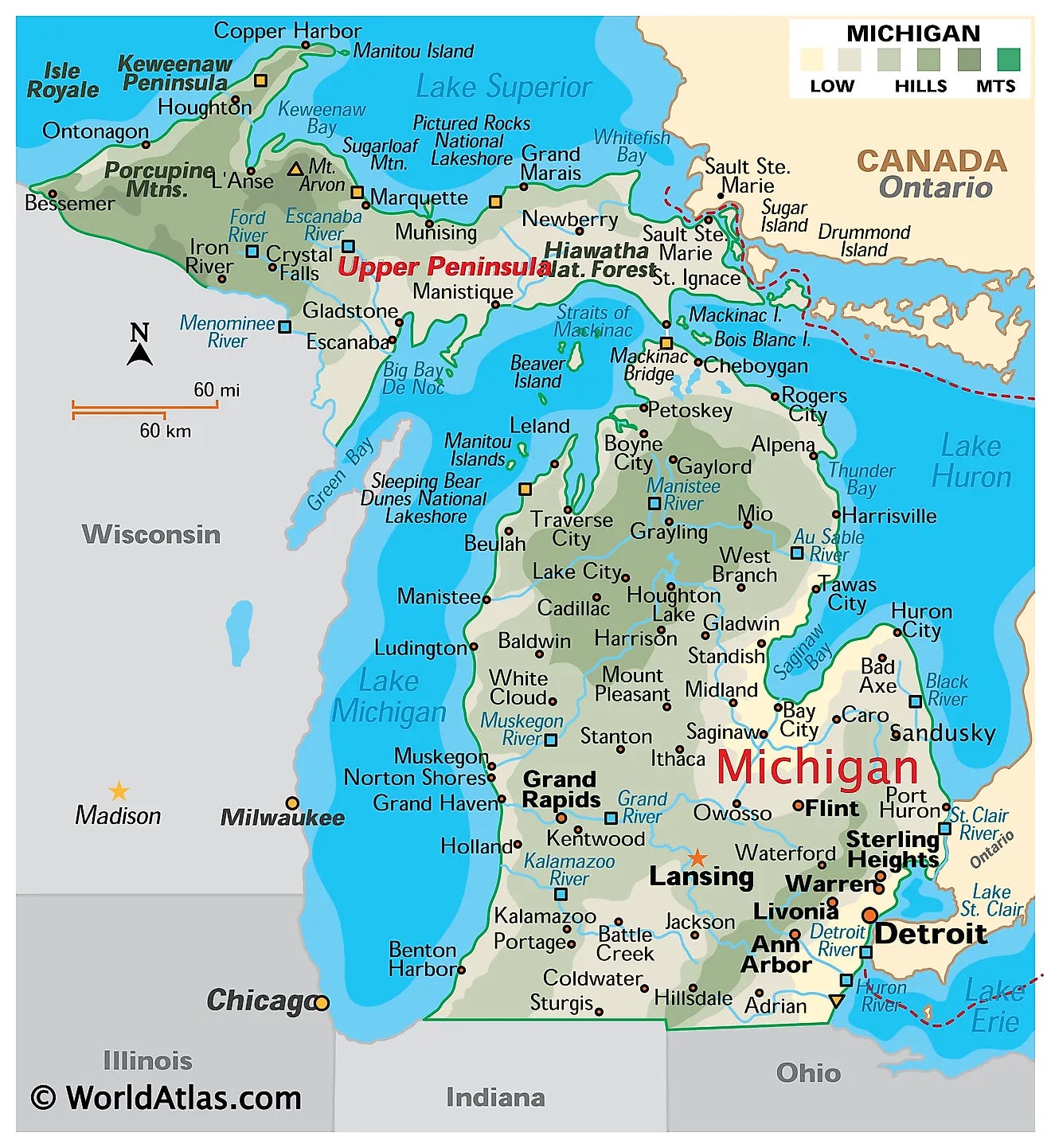
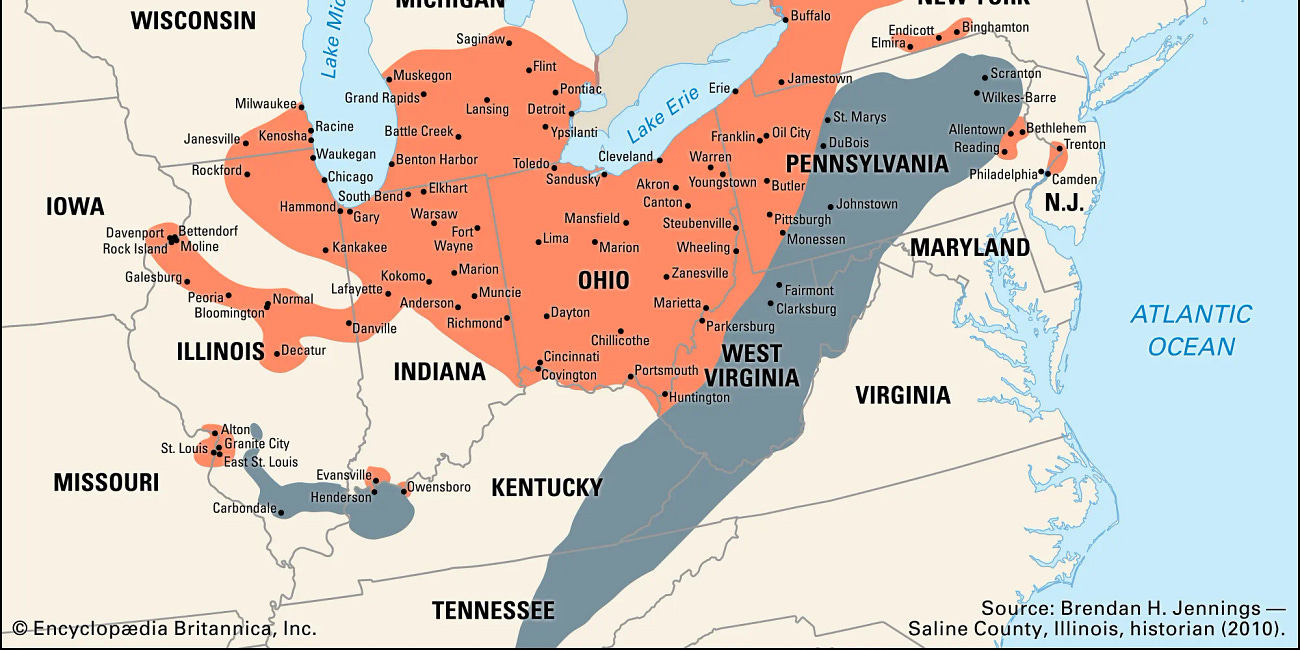
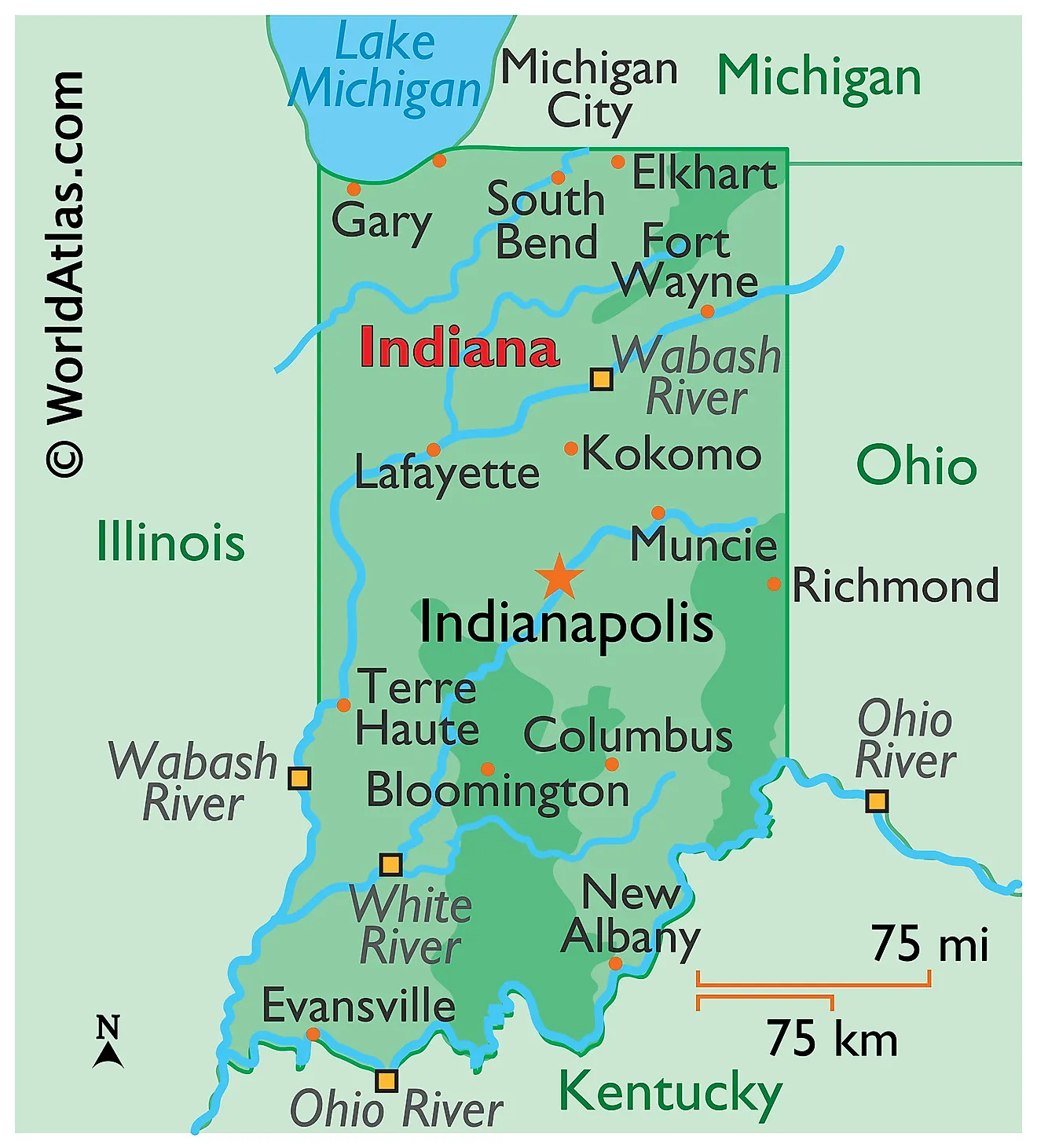
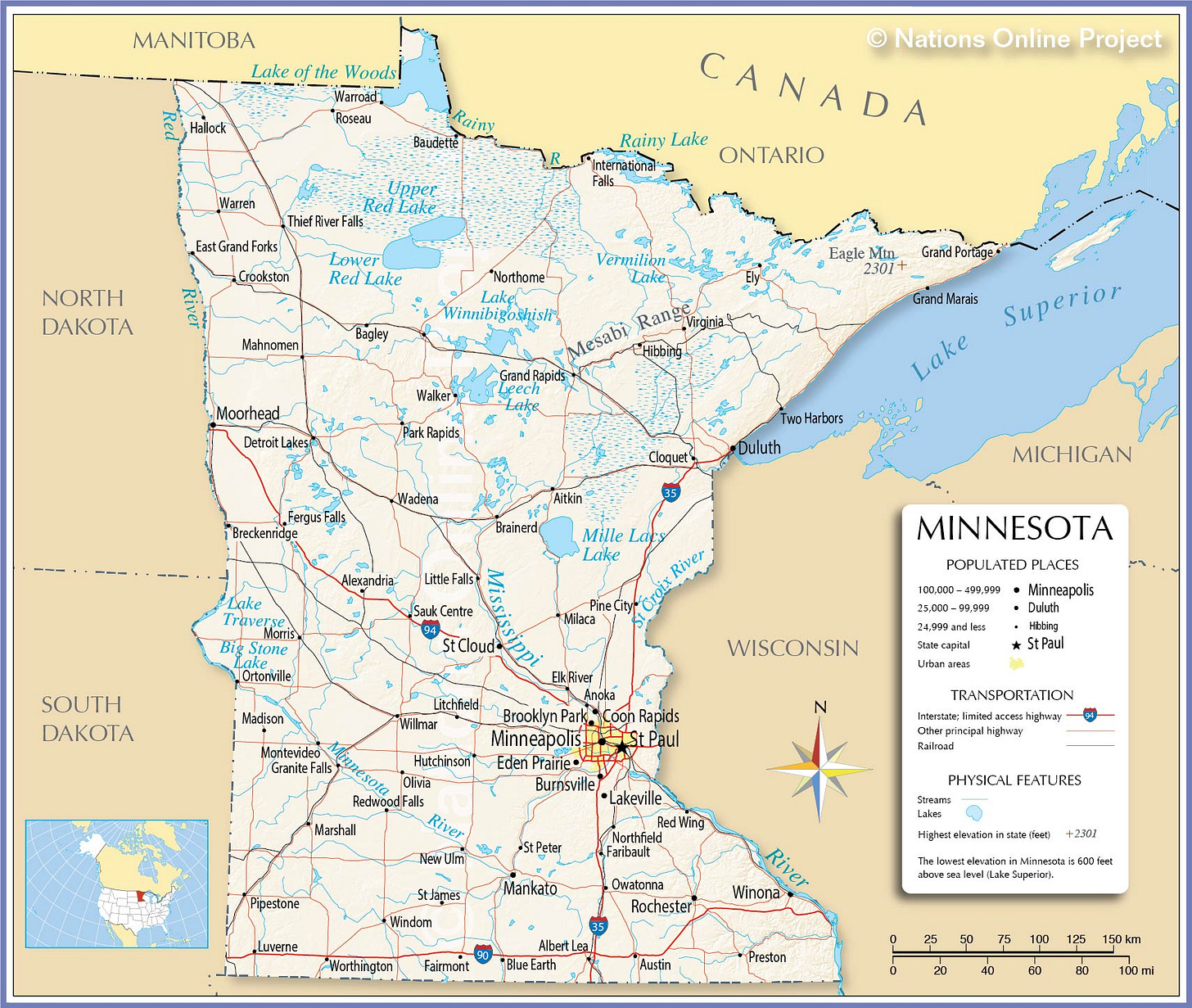

Great information; depressing but it must be confronted. Minnesota recently changed its state flag. A stone-age hunter gatherer tribe was used to complain that the depiction of an Indian with some American pioneers was offensive. The new flag looks like a combination of two Somali provincial flags.
If flags are meaningful and important, than Minnesota seems conquered by Somalia. The stats on percentage of welfare their children get while their percent of the population is astounding. To think of how many of Minnesota's rural boys went to fight them over there so they wouldn't have to fight them here only to see the Somalian flag fly over their capital and state buildings. Criminal.